IDEF Process Description Capture.
IDEF3 is a method for capturing and documenting processes. Like the other IDEF methods, it’s primarily graphical in nature - but also specifies a textual representation. IDEF3 diagrams come in three varieties:
Process Schematics are akin to SysML Activity Diagrams.
Object Schematics are akin to SysML Block Definition Diagram.
Transition Schematics are akin to SysML State Diagrams, or OPM diagrams.
IDEF3 also specifies an Elaboration Language, which is a formal means of describing models using textual representation. There’s zero reason to ever learn it, and its syntax looks unapproachable to a layperson.
Like most modeling techniques, IDEF3 supports Decomposition Understanding. You can “zoom in” to greater levels of fidelity, or “zoom out” to greater levels of scope.
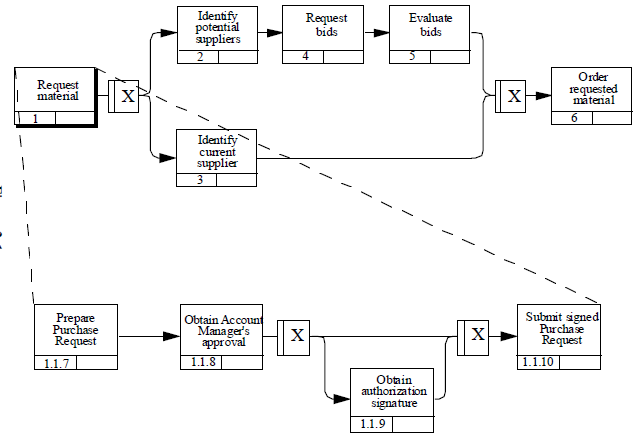
Process Schematics
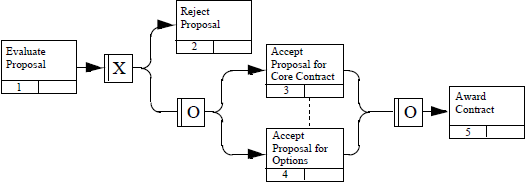
Process Schematics describe processes. Above is an example of a process schematic. The fundamental unit of a Process Schematic is a ‘unit of behavior’ (UOB), which is a self-contained real-world process, individually labeled and indexed. The UOBs are connected via links, which may flow through aggregation points (AND, OR, XOR). They are indexed with a unique key, which can be used to positively identify any given UOB for unambiguous reference elsewhere (typically for elaboration).
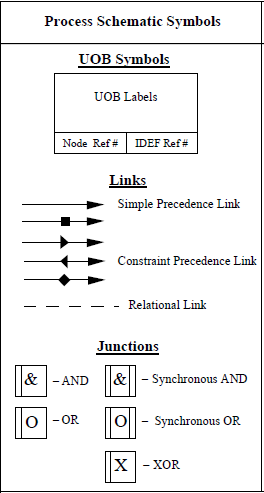
Object Schematics
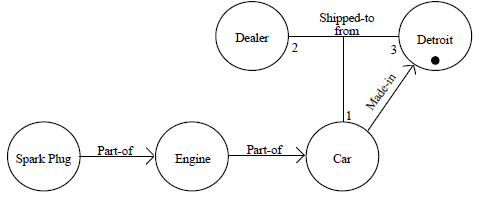
Object Schematics describe objects. They are composed of each other, linked together via transition links or labeled relationship links, and may be stateful. IDEF defines first-order relations as relations between objects themselves, and 2nd order relations as relations between the types of objects.
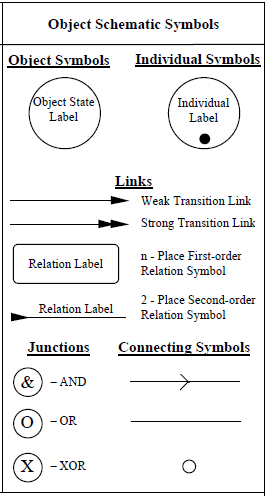
Transition Schematic
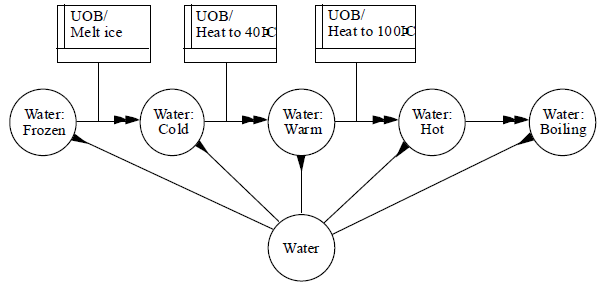
The real power of IDEF3 is when Process and Object Schematics collide. A Transition Schematic describes how Processes and Objects inter-relate. They can also contain sections that are process-specific and sections that are object-specific.
Elaboration Language
It’s there, so I’m including it. Don’t worry about it, though. I cannot imagine it’s in use in any real way today. Also it looks like this:
(forall (?coe : (activation-of ?coe PQD))
(forall (?sit : (and (occurs-in ?sit ?coe) (occurrence-of ?sit Paint-part)))
(not (exists-5 ?x (and (instance-of ?x Part)
(supports ?sit (in-queue ?x Q (start-of ?sit) +))))))
Source
IDEF3 - Process Description Capture Method - IDEF